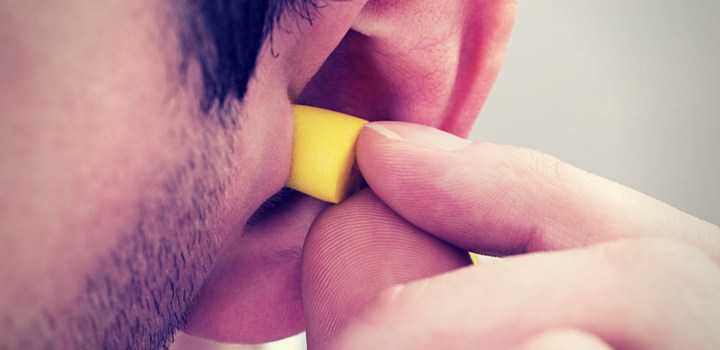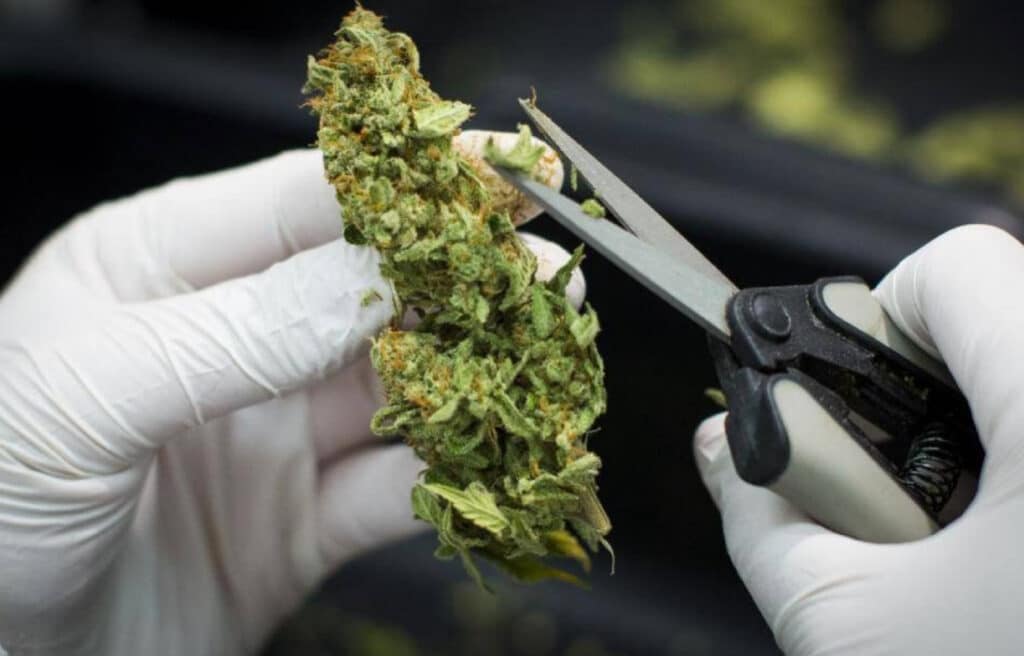Dental health is a universal concern, but its intricacies are deeply woven into the fabric of culture and tradition. From oral hygiene practices to dietary choices, cultural influences play a significant role in shaping the state of our teeth and gums. The fascinating interplay between culture and dental health reveals that oral wellbeing goes far beyond brushing and flossing – it reflects the rich tapestry of our lifestyles, beliefs, and heritage. Let’s explore the history of this matter before the next trip to your dentist Brentwood.
Cultural diversity in oral hygiene rituals
Oral hygiene practices vary widely across cultures, reflecting a blend of historical practices, religious beliefs, and local customs. For instance, in some East Asian cultures, the use of herbal remedies for mouth rinses has been a longstanding tradition. Ayurveda, an ancient system of medicine in India, emphasises oil pulling as a method to cleanse the mouth and promote oral health. These practices highlight the deep-rooted connections between cultural heritage and oral hygiene habits.
Traditional diets: from staples to dental health
Cultural diets have a significant impact on dental health. Traditional cuisines often feature a balance of ingredients that can either benefit or harm teeth. In societies where whole foods like fruits, vegetables, and lean proteins are central to diets, there’s a natural advantage for oral health. On the other hand, cultures that heavily rely on sugary, processed foods may experience higher rates of tooth decay and gum disease.
Cultural dietary habits also influence chewing patterns. For example, societies with diets rich in fibrous foods necessitate more extensive chewing, which can stimulate saliva production and aid in cleansing the mouth. Understanding how cultural diets interact with dental health provides insights into preventive strategies that align with people’s culinary traditions.
Cultural practices and dental artefacts
Cultural practices can lead to the development of unique dental attributes that are revered as marks of beauty or status. In some cultures, teeth filing or shaping is performed as a rite of passage, symbolising maturity or tribal affiliation. In other cases, dental modifications are considered aesthetic enhancements, such as the blackening of teeth practised by some indigenous communities.
Intriguingly, these practices not only reflect cultural identity but also offer a glimpse into the complex relationship between cultural perceptions of beauty and dental aesthetics. Understanding the significance of these practices underscores the diverse ways societies approach and prioritise dental health and aesthetics.
Cultural perceptions of dental aesthetics
Beauty standards and ideals differ across cultures, impacting the way people view their smiles. For instance, in some cultures, a gap between the front teeth may be considered a sign of attractiveness, while in others, perfectly aligned teeth are prized. These cultural preferences influence individuals’ self-perception and may even influence their decisions regarding orthodontic treatments or cosmetic dentistry.
Cultural variations in smile aesthetics also extend to the role of gold dental restorations, which have been used for centuries in various societies to demonstrate wealth and status. These restorations, though visually distinct, emphasise the connection between cultural symbolism and dental practices.
Cultural celebrations and oral health
Many cultures have celebrations that involve specific foods or rituals that can impact dental health. For instance, festivals that involve consuming sticky sweets or hard candies can pose risks to teeth. Cultural awareness of these risks can lead to more mindful consumption and alternative practices that maintain the essence of tradition while protecting oral health.
Overcoming cultural barriers in dental care
Understanding cultural influences on dental health is pivotal for dental professionals to provide effective care. Culturally sensitive communication is crucial, as some patients may be more receptive to treatments that align with their cultural beliefs. Moreover, recognising the role of cultural taboos or stigma associated with dental visits can guide healthcare providers in breaking down barriers to accessing care.
Preserving traditions while promoting oral health
While recognising the impact of cultural influences on dental health, it’s important to strike a balance between preserving valuable traditions and promoting optimal oral wellbeing. Rather than seeking to replace cultural practices, healthcare professionals can work collaboratively with communities to integrate oral health education in culturally sensitive ways.
Community-led initiatives that blend traditional knowledge with modern dental science have shown promise. For instance, engaging local leaders and traditional healers to disseminate oral health information can enhance its acceptance within communities. Moreover, culturally relevant campaigns can be designed to address specific challenges posed by traditional practices that might have negative impacts on dental health.
Conclusion: a global mosaic of dental health
In conclusion, dental health is far from a one-size-fits-all endeavour – it’s a mosaic of cultural influences, traditions, and practices. Exploring the intersection of culture and dental health reveals a wealth of insights that can shape preventive strategies, foster patient engagement, and bridge gaps in understanding. Embracing cultural diversity in oral health with the help of your dentist acknowledges the rich complexity of human experiences and paves the way for a more inclusive and effective approach to maintaining healthy smiles across the globe.



